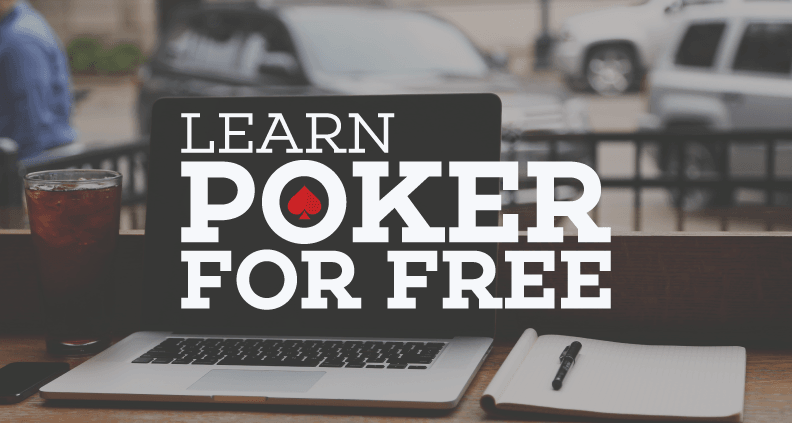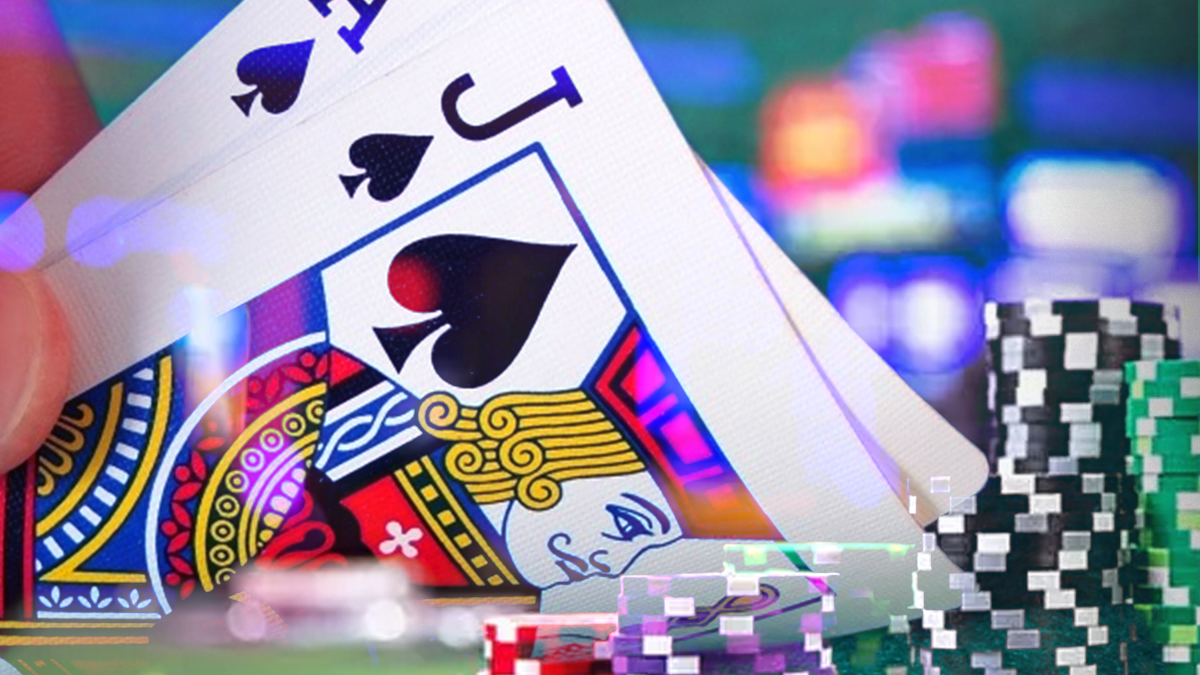When Quantity Doesn’t Turn Into Quality
Stop bulldozing information into your brain, measured work with a shovel is more appropriate here. VOD, lessons with a trainer, books, communication on poker forums and surfing sites – it is clear that a beginner wants to master everything at once to win a million dollars tomorrow.
It will not work. It takes time to assimilate a large amount of information. And to consolidate what you’ve learned takes even more time. If information just lies in your mind’s chambers unused, it gradually compresses and turns into a completely unreadable brick. But poker is not a construction site, and there’s no need to build bricks. It is necessary to fill in the memory cells gradually, so that one thought clings to another, and a logical chain is built, which would facilitate making the right decision in the game.
All your poker lofts should be divided into sections according to: type of game, type of opponent, stage of trade, and so on. If you study the rules of Omaha Hi-Low first, and then try to grasp the concept of bluffs and look at the most epic bluffs of poker pros, tomorrow you will remember that, for example, Phil Ivey is amazingly shrewd.
If you do Omaha, look at it from all angles, play it with a trainer, watch a proper lesson. Ask them to wake you up in the middle of the night and ask, “What about Omaha? What cards do you need for the combination?”. And in this case, you should answer the question correctly, not suggest a long-distance route for the person to take.
Take the matches out of your eyes and don’t chew on the coffee beans
To keep your brain from overheating and destroying all the material you’re loading into it, it needs a rest. A day or two without flops and rivers, variance and ods. You don’t have to stimulate it artificially, it should be natural. If it has stopped, you need to make a rollback to the last moment of a reasonable state, turn off the computer and go to the store for food / sleep / take a walk / meet your children.
Refresh your mind on the goals and dreams for which you are learning to play poker professionally. It’s times like these that really brilliant ideas can come to you. Just save them in a handy medium; check their genius later. While you are resting, your brain will still be working, but in the optimal mode for it. And when you return to your lessons, you’ll know exactly where you have gaps and may have problems.
Fierce poker players won’t be able to rest more than one full day a week, so there’s no point in talking about 2 days. Also try to take a 3-5 day mini-vacation every three months. In this mode you will not have a risk to die at the computer from exhaustion, and your training will have a noticeable progress.
Improve the most imperfect

Players who set a goal of becoming a poker pro only work on their A-game. This makes sense, but will not save the poker player when he is in a state of tilt. If you only perfect your best game, the C level will remain a failure absolutely.
Top poker players are distinguished not only by their great A-game, but also by the fact that their C-game is better than your best game! Their C-game serves them as a great safety cushion and saves them from bankruptcy. So don’t forget to work on your C-game as well, so that it doesn’t feel like there are completely different people acting at different moments.
All of your mistakes should be dealt with in detail. Pull your C-game up to B-game first, and then pull it up to A-game. In this case you won’t even need to work on the A-game on purpose, it will get to a new higher level all by itself. For example, your control and hand management skill looks like this:
- A: Aggressive on the turn and river;
- B: Aggressive on the turn, uncertain on the river;
- C: Uncertain on both the turn and river.
In this case, you don’t need to pull your A-game, because you’ll again be floating on the low end of your C-game in a tricky situation. If you start working on your lows, though, everything will grow:
- A: Ultra-aggressive on the turn and river;
- B: Aggressive on the turn and river;
- C: Aggressive on the turn, uncertain on the river.
Learn on your limits

- If you try to teach a first-grader using college textbooks, he won’t make a student, and he won’t learn arithmetic, even at the elementary level. It is not worth, as a training material, to watch the game of a high roller or even a poker player with the limit of $25/$50, if you are now sitting at $0.50/$1.
- If you skip the quality lessons of your limit, a huge layer of knowledge that you need to grow your skill will float past you. You’ll end up not hitting your limit, and you’ll be too far away from moving up to the next level. Advice from high rollers will be detrimental to your learning. High-limit licks are not mistakes on low-limits, and vice versa.
Don’t jump over steps if there’s a risk of scrambling upside down from the ladder! All in good time, each limit needs to be learned and mastered, because you’ll have to go back to a lower limit more than once during your poker career to gather the cream or rebuild your bankroll.


